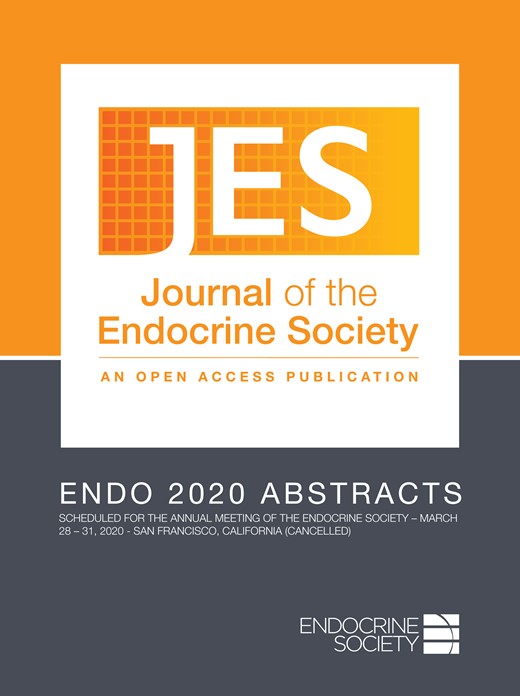-
PDF
- Split View
-
Views
-
Cite
Cite
James J Figge, William E Gooding, Kenneth D Burman, Sarah Mayson, Randall P Scheri, Jennifer A Sipos, Rebecca S Sippel, David L Steward, Samantha Peiling Yang, Linwah Yip, Yuri E Nikiforov, Sally E Carty, MON-LB79 Do Ultrasound Patterns and Clinical Parameters Modify the Probability of Thyroid Cancer Predicted by Molecular Testing in Thyroid Nodules With Indeterminate Cytology?, Journal of the Endocrine Society, Volume 4, Issue Supplement_1, April-May 2020, MON–LB79, https://doi.org/10.1210/jendso/bvaa046.2118
Close - Share Icon Share
Abstract
Background: Molecular testing (MT) is commonly used to refine cancer probability in thyroid nodules with indeterminate cytology. Whether or not ultrasound (US) patterns and clinical parameters can further modify the risk of cancer in nodules predicted to be positive or negative by molecular testing remains unknown. Aim: To test if clinical parameters, including age, gender, nodule size (by US), Bethesda category (III, IV, V), US pattern (American Thyroid Association [ATA] system vs American College of Radiology TIRADS), radiation exposure, and family history of thyroid cancer (TC) can modify the probability of TC or NIFTP predicted by MT in thyroid nodules with indeterminate cytology. Methods: We studied 257 thyroid nodules from 10 study centers with fine-needle aspiration (FNA) yielding indeterminate cytology and informative MT results using the ThyroSeq v3 genomic classifier (TSv3). Univariate and multivariate logistic regression were used for data analysis. Results: In this group of thyroid nodules, out of all parameters studied using univariate regression, patient gender, age, and Bethesda category were significantly associated with TC/NIFTP probability (P<0.05 for each). The ATA US patterns showed a positive trend (P=0.1211), whereas TIRADS was not predictive (P=0.3135). A multivariate regression model incorporating the four most informative covariates (gender, age, Bethesda category, and ATA US patterns) (model #1) yielded a C index=0.653; R2=0.108. Male gender and Bethesda category V significantly increased risk, and age demonstrated a nonlinear risk profile. When TSv3 was added to model #1, the C index increased to 0.888; R2=0.572. However, age (P=0.341), Bethesda category (P=0.272), and the ATA US patterns (P=0.264) had limited predictive ability in comparison with TSv3, which dominated the predictive performance (P<0.001). Gender was the only parameter showing tendency for significance beyond MT (P=0.095). The most parsimonious model incorporated gender and TSv3 (C index=0.889; R2=0.588). Conclusions: While often useful in selecting thyroid nodules for FNA, neither the ATA US nor the TIRADS scoring systems were informative in further predicting TC/NIFTP in thyroid nodules with indeterminate FNA cytology. Although age and Bethesda category were associated with TC/NIFTP probability on univariate analysis, they had limited incremental value above the high predictive ability of TSv3. Gender was the only parameter with potential contribution to predicting TC/NIFTP in addition to MT.



